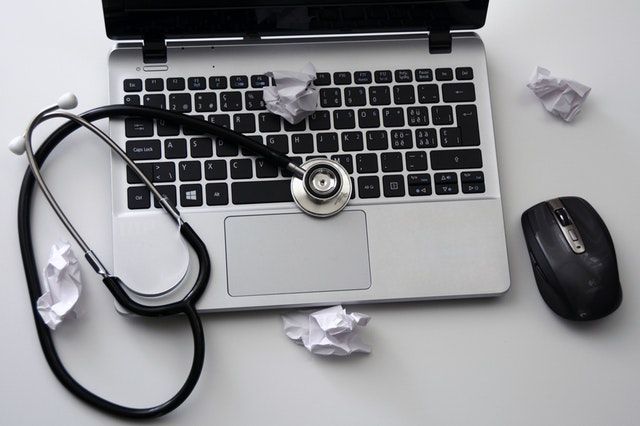Most all medical answering services can cover your phone calls 24/7. That, of course, assumes all their equipment is operating properly and nothing interrupts their service.
But problems happen. Telephone cables get cut, electricity goes out, or a building becomes unusable. These things keep an answering service from providing the around-the-clock service they promised.
That’s why leading medical answering services take extraordinary steps to make sure they can deal with the unexpected. This allows them to continue to provide the service you expect and pay for. Here’s some of the exceptional planning that today’s advanced medical answering services take so that they’re always there whenever you need them.
Backup Power
For power surges and sags, brownouts, and short-term outages, the top medical answering services have installed uninterruptible power supplies (UPS) throughout their facility. These devices store energy and provide the power needed to operate computer systems and networking equipment when the utility power encounters problems.
Regardless of what happens to the utility power, these UPS units keep the computers and systems plugged into them operating continuously, without even so much as a hiccup. These UPS units continuously power computer servers, network equipment, and telecommunications systems. Plus, smaller UPS units, strategically placed around the answering service, keep agent stations working, too.
Backup Generators
But what happens for longer power outages? These do happen, with some widespread outages lasting several hours or even days. Although the best answering services are strategically located in areas not susceptible to long-term power outages, they still prepare for this as a possibility.
To address long-term utility outages, these best-of-class medical answering services install electrical generators in their facility to take over for long-term power outages. Running on natural gas, propane, or gasoline, these generators can provide the reliable, consistent electrical power that answering services need to continue to operate in the absence of commercial utility power.
Multiple Phone and Internet Providers
Keeping the answering service powered is the first essential step. However, another critical item is making sure that calls and other communications can successfully make it to the answering service. With only one carrier, this is a single point of failure that is unacceptable.
To protect against this, leading-edge medical answering services use multiple carriers. This ensures that a failure with one carrier won’t cripple their operation. That way, if one telephone or internet provider encounters problems, the other ones simply take over and handle the extra traffic. The result is continuous telephone and internet service.
Multiple Locations
What happens if the answering service’s facility becomes unusable? A natural disaster or man-made catastrophe could damage the facility, make it unsafe for occupancy, or keep staff from reaching it. To address this, the most progressive medical answering services have a multi-location strategy. With this, calls can automatically reroute from one location to other ones in their network.
And as a bonus, under normal conditions, having multiple locations allows for calls to seamlessly reroute from a busy location to a less busy one. This means they can answer your calls faster.
Secure Cloud-Based Backup
Another critical item to address is database backup. This starts by making on-site backups, with off-site, remote storage. But this is just step one. For a comprehensive solution, leading medical answering services also securely store all information with a cloud-based data backup company.
This provides two key benefits. The first is that if a local server loses its information, cloud-based storage allows for a quick restoration. The other key benefit is critical for a complete disaster recovery plan to work.
Given all these extraordinary steps that today’s advanced medical answering services make to ensure they are always available to take your calls, there’s still one more element: a disaster recovery plan.
An all-inclusive disaster recovery plan goes beyond utility power, telecommunication services, intra-site call switching, and data backups. It addresses catastrophic failures that would require a quick relocation for one or more facility. While medical answering services hope they never need to implement this part of their disaster recovery plan, they provide for it anyway.
The Result
Ninety-nine percent of the time it makes no difference if a medical answering service has taken all these extra steps to provide continuous service. However, for that remaining 1 percent of the time (an hour or two each week), the best medical answering services will continue to operate, while their less-prepared competitors will flounder.
Learn how medical answering service from MedConnectUSA can help your practice, clinic, or facility. Then get a free quote to discover how affordable their healthcare communication services are. Peter Lyle DeHaan is a freelance writer and call center authority.





